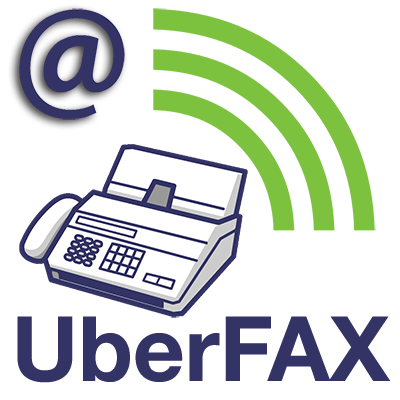For decades, fax machines were viewed as a secure way to send sensitive information. Hospitals, medical practices, lawyers, and government agencies built processes around faxing documents. Even today, some industries continue to rely on fax. But is fax really secure?
The Reality of Fax Security
Fax transmissions were originally carried over analogue phone lines (PSTN). At the time, this was considered safer than email because interception required physical access to the phone line. However, even then, inexpensive devices — sold widely overseas — could intercept fax transmissions, display the document in real-time, and store it to memory. These devices are rare today, but they still exist.
In modern times, many faxes are transmitted over digital networks (FoIP – Fax over IP). These use the same internet infrastructure as voice calls, which means the security is no stronger than that of standard VoIP traffic unless additional encryption or security controls are in place.
Common Misconceptions
- “Fax is secure because it confirms delivery.”
Fax does generate a delivery report (success or failure), but that only confirms the receiving machine accepted the data stream. It does not mean the document was seen, printed, or acted upon. If the receiving machine runs out of paper, ink, or toner, the fax may never be physically delivered — even though the sender has a “successful” transmission report. - “Fax is private.”
Not always. Faxes received in shared offices may print to communal machines where multiple staff can see sensitive information. Unlike email, there are usually no access controls, audit logs, or encryption protecting the document once it arrives. - “Fax is safer than email.”
Modern email with encryption (such as TLS or S/MIME) is generally more secure than fax. Fax offers no built-in end-to-end encryption. Interception is technically possible, and physical access risks remain high.
Why Fax Still Exists
Despite these limitations, fax persists in certain industries, particularly healthcare, because:
- Legacy regulations and standards still mandate or recognise fax as an acceptable method.
- Organisations are slow to update systems and processes.
- Fax is familiar and provides a sense of “certainty” with transmission reports, even though these don’t guarantee true delivery.
The Bottom Line
Fax is not a truly secure technology. It was a practical solution in the past, but today it falls short of modern security expectations. While some industries continue to use fax out of habit or regulatory inertia, more secure alternatives exist — such as encrypted email, secure messaging platforms, or dedicated document exchange portals.
At Uberfax, we provide fax services because some industries still require them — but we believe it is time to move forward. Fax should not be relied on as a guaranteed secure communication method in the digital age.
Fax vs Email vs Secure Messaging
| Feature / Concern | Fax (PSTN / FoIP) | Email (with Encryption) | Secure Messaging Platforms |
|---|---|---|---|
| Transmission Security | Analogue PSTN can be intercepted with line-tapping devices; FoIP uses the internet without default encryption | Encrypted with TLS or S/MIME; security depends on configuration | End-to-end encryption standard; designed for secure transfers |
| Delivery Guarantee | Success report only means the receiving machine accepted data — not that it was printed or read | Delivery receipts possible; message stored until recipient retrieves | Delivery and read receipts built in; queued until received |
| Access Control | Anyone near the fax machine can view incoming documents | Access protected by accounts, passwords, and multi-factor authentication | Restricted by user identity; logs and permissions enforced |
| Audit Trail | Minimal (basic transmission log) | Email servers log transmission, delivery, and access | Full audit trail: who sent, received, and accessed documents |
| Reliability | Fails with no paper, toner, or busy lines | Highly reliable, redundant mail servers | Built for reliability; cloud-hosted with redundancy |
| Compliance & Industry Use | Still mandated in healthcare and legal sectors due to legacy regulations | Meets modern compliance standards when configured correctly | Meets strict compliance (HIPAA, ISO, GDPR) with robust security controls |
| Practicality Today | Outdated, slow, requires physical devices and consumables | Universal, flexible, integrates with workflows | Secure, modern, but requires adoption by all parties |
Moving Forward
Fax may still be required in some industries, but it is not the secure solution many believe it to be. At Uberfax, we provide reliable fax services for organisations that need them — but we also believe in helping businesses modernise.
If your industry still demands fax, we’ve got you covered.
If you’re ready to move beyond fax to more secure, efficient communication tools, we can guide you through the transition.
👉 Get started with Uberfax today — whether for compliance, convenience, or a step towards the future.
